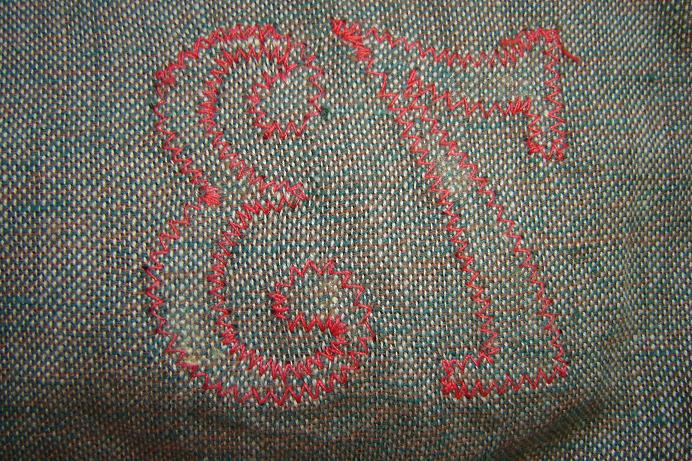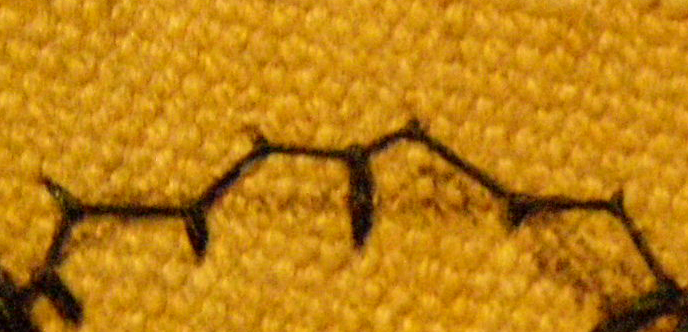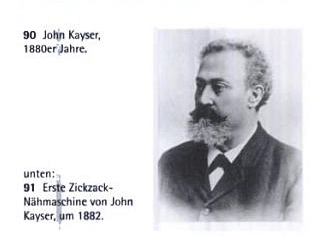joerookery
Well-known member
Just received this one. I had always thought that the patches were done in coordination with the color change of numbers. This later model disproves that thought. The helmet is not original to the cover.























Gustaf said:Hey Joe,
The study of stitching is an interesting topic, I know that there are some of the people who reproduce items for the reenactors, who take pride in using the original period sewing machines to do their work (making their workmanship more difficult to distinguish form original in the future)
I can not find any relation between the 15, 51 and 73 regiments, they are not even in the same Corps, why would there be a “discovered cache of covers” from such diverse Regements? I could see it if they were from the same BA.
Best
Gus
reservist1 said:The study of stitching is an interesting topic
For what it is worth, here are some close ups of the numerals on an OJR 91 cover that are sewn with a zig zag stitch. The cover is also unit marked on the inside back.
Reservist1


reservist1 said:One of the central issues in this debate seems to be the question, was machine zig zag stitching used in Germany in the pre 1918 time period? While not directly related to the attachment of numerals to covers, an interlocking dual chain stitch was used in the construction of officer style helmet covers.
